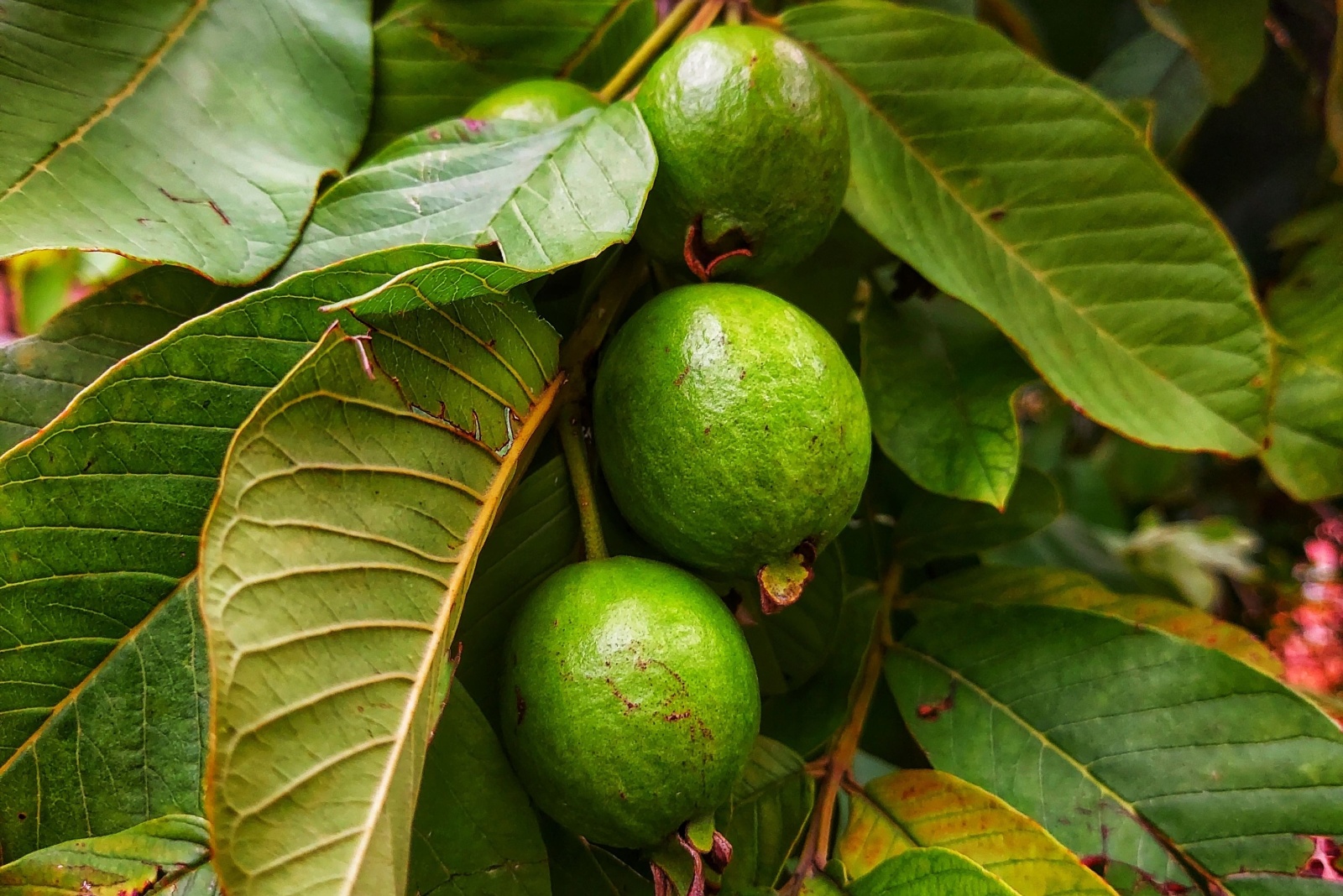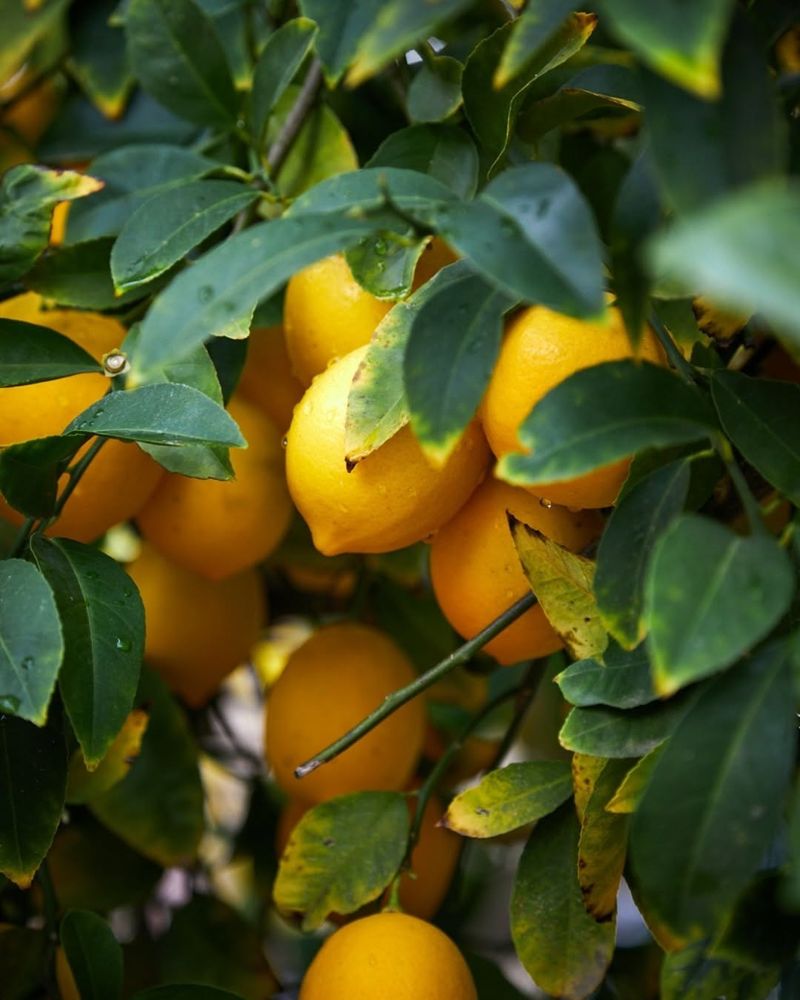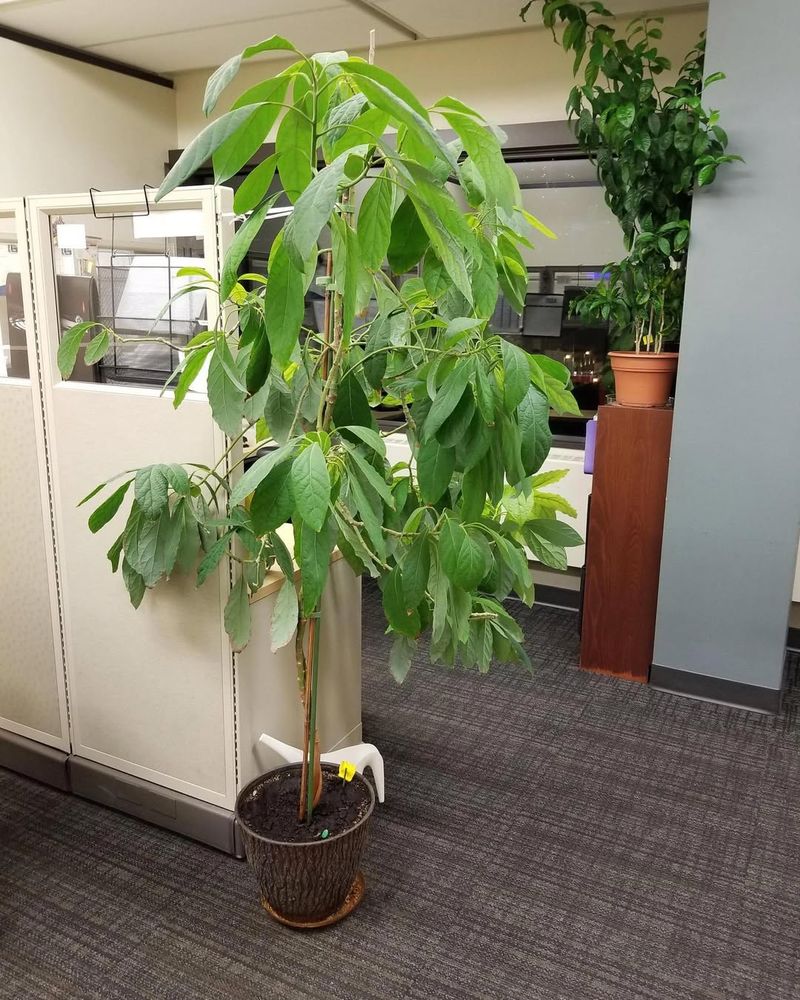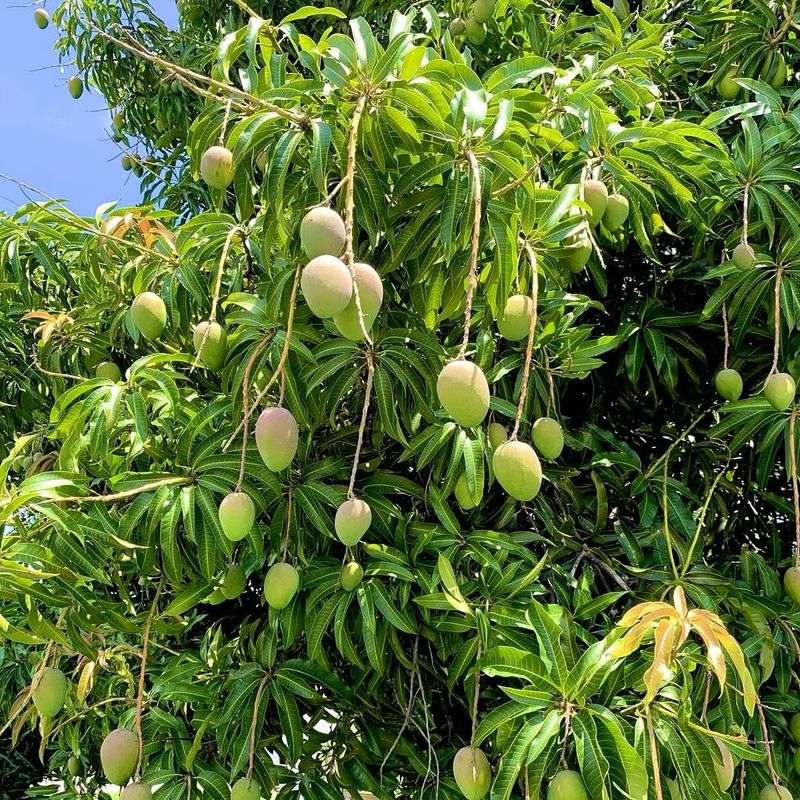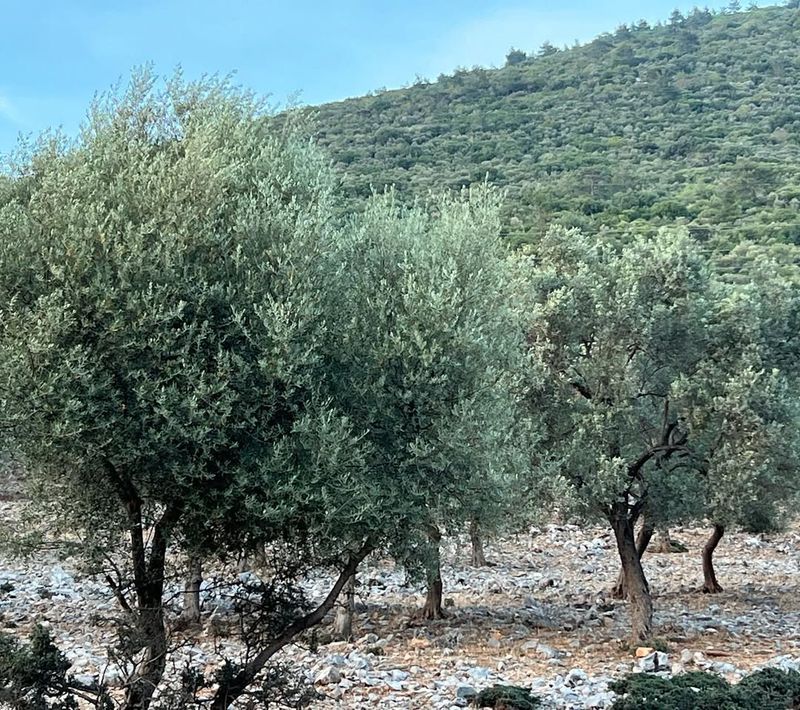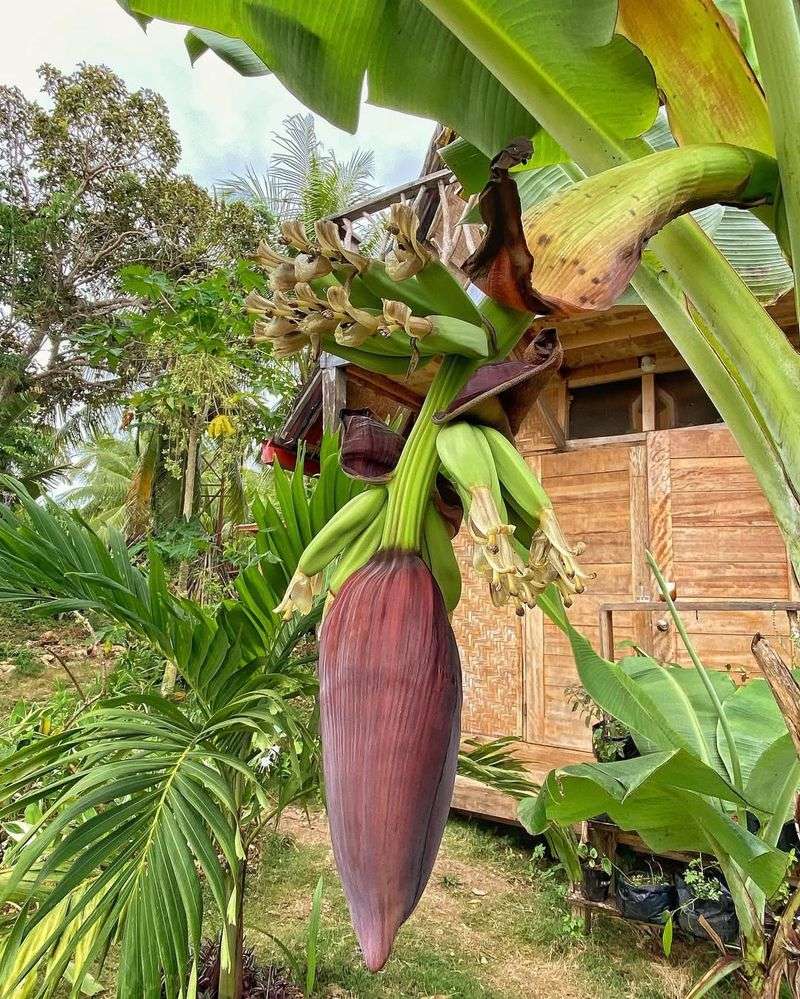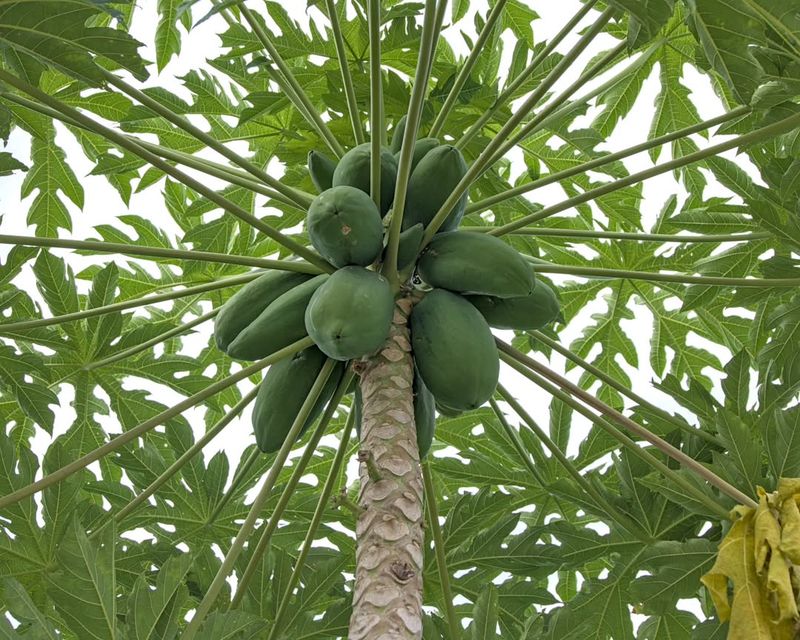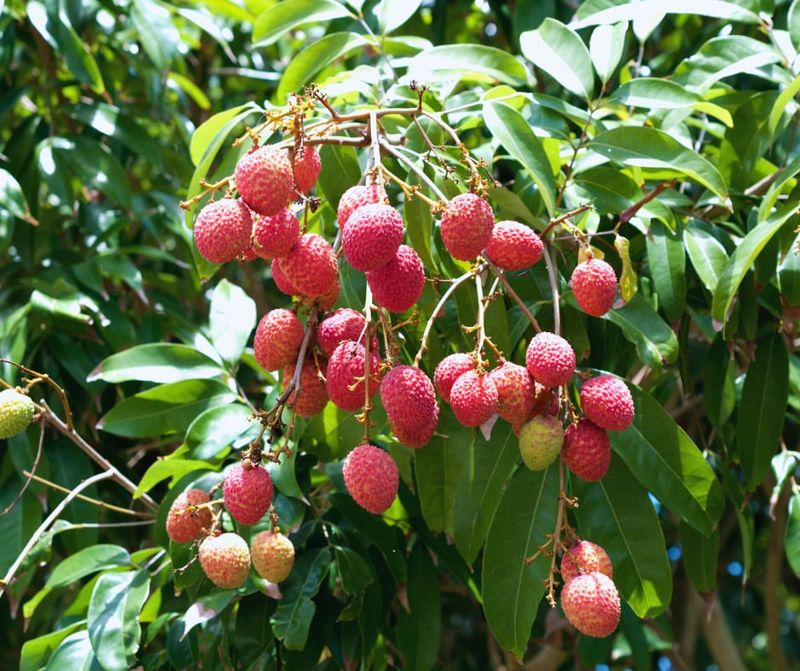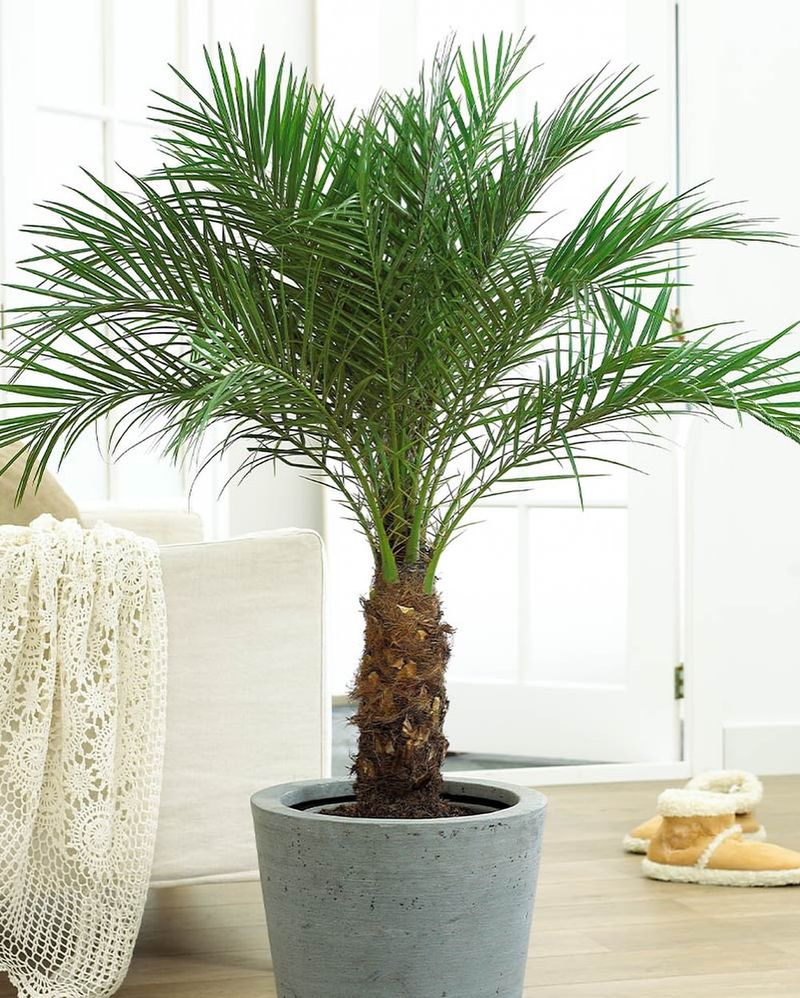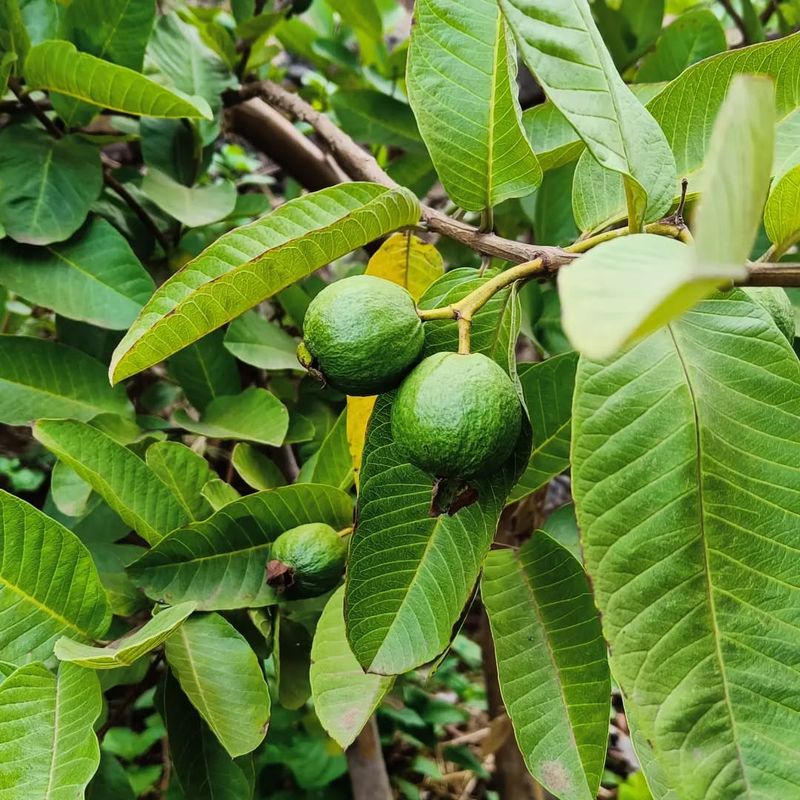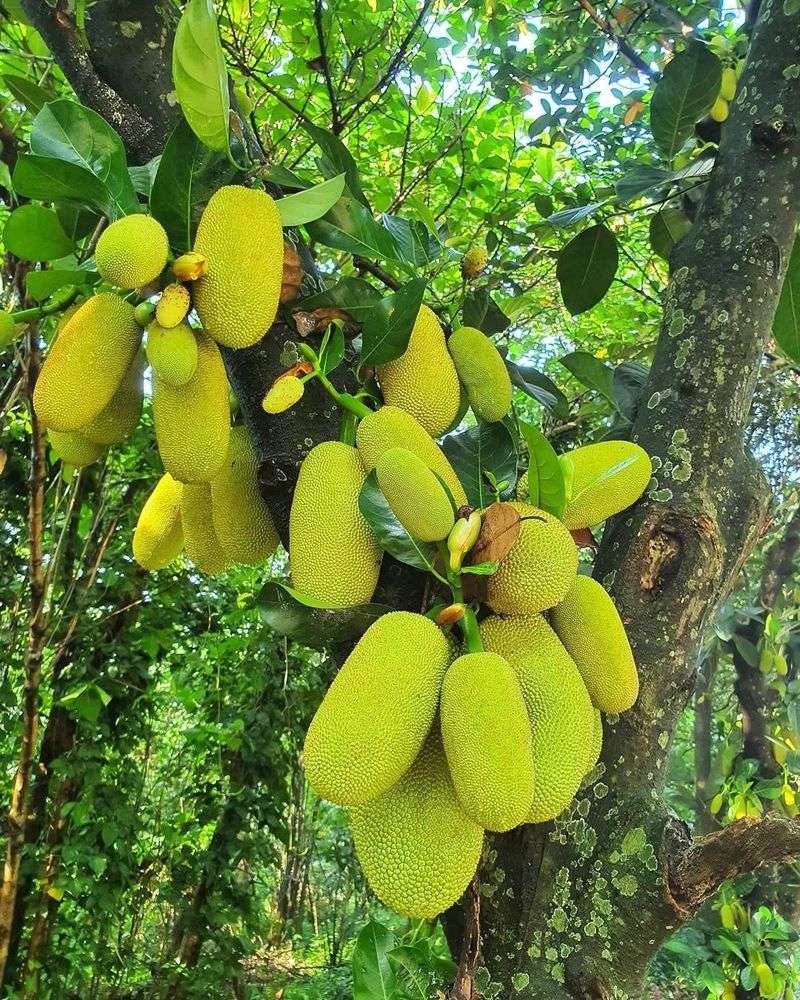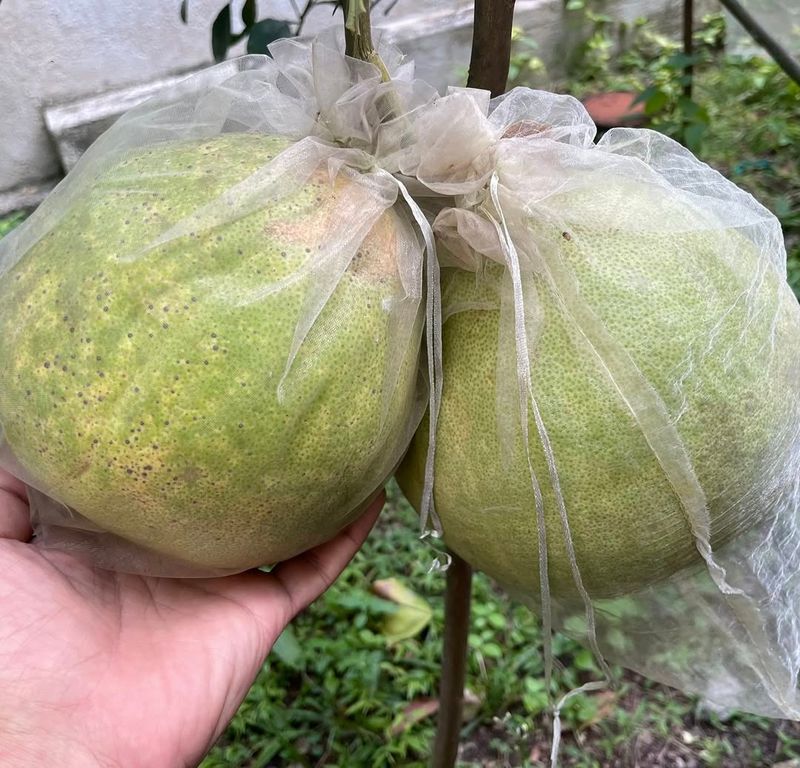Thinking about turning your Kentucky backyard into an orchard? Hold your horses! Not every fruit tree will take root in the Bluegrass State. Some just can’t handle the heat — or the frost.
Before you go out on a limb with your planting plans, here are 11 fruit trees that are better left off your list
1. Citrus Trees (Lemon, Lime, Orange)
Dreaming of fresh-squeezed orange juice from your backyard? Unfortunately, Kentucky winters spell disaster for citrus trees. These tropical beauties need warm temperatures year-round to survive.
Even with indoor protection during winter months, citrus trees rarely produce quality fruit in our climate. The low light levels and dry indoor air during winter protection periods stress these sun-loving trees tremendously.
2. Avocado Trees
Guacamole lovers might feel heartbroken, but avocado trees simply won’t make it through Kentucky’s winters. Native to tropical regions, these trees can’t handle temperatures below 28°F without suffering major damage.
Beyond temperature issues, avocados require specific soil conditions rarely found in Kentucky. Some gardeners try growing them as houseplants, but they rarely produce fruit indoors and often develop pest problems in our humid summer air.
3. Mango Trees
Sweet, juicy mangoes might be delicious, but don’t expect to harvest them in Kentucky. These tropical trees need consistently warm temperatures and absolutely cannot tolerate frost.
Mango trees also require a distinct dry season to flower properly, which clashes with Kentucky’s relatively even rainfall distribution throughout the year. Any attempt to grow them outdoors in the Bluegrass State will end with the first winter freeze.
4. Olive Trees
Mediterranean olive trees bring to mind sunny hillsides and mild winters – nothing like Kentucky’s climate! While they can handle some cold, temperatures below 15°F will kill most olive varieties.
Kentucky’s humid summers also pose problems for these drought-loving trees. The moisture creates perfect conditions for fungal diseases that quickly attack olive trees. A few cold-hardy varieties exist, but they rarely produce worthwhile fruit in our region.
5. Banana Trees
Those tall, tropical banana plants might grow as ornamentals in Kentucky during summer, but they’ll never produce edible fruit in our climate. The growing season simply isn’t long enough for bananas to mature.
While some hardy varieties can survive Kentucky winters with heavy mulching, they die back to the ground each year. This constant cycle of regrowth means the plants never reach the maturity needed to produce fruit before winter arrives again.
6. Papaya Trees
Fast-growing papaya trees might seem tempting for impatient gardeners, but they’re completely unsuited to Kentucky’s climate. Even a light frost will kill these tropical trees outright.
Beyond cold sensitivity, papayas need consistently warm soil to develop their extensive root systems. Kentucky’s soil temperatures fluctuate too much throughout the seasons. Indoor growing isn’t practical either – papayas quickly outgrow typical ceiling heights and require intense light to produce fruit.
7. Lychee Trees
Exotic lychee fruits remain a grocery store treat for Kentuckians. These Asian natives need tropical or subtropical conditions to thrive and produce their distinctive red fruits.
Kentucky’s cold winters would kill lychee trees outright. Even if protected somehow, our summer humidity creates perfect conditions for fungal diseases that attack lychee foliage. The trees also require specific soil conditions rarely found naturally in Kentucky’s landscape.
8. Date Palms
Those magnificent date palms that symbolize desert oases have absolutely no chance in Kentucky’s climate. They require intense heat, very low humidity, and completely dry conditions during fruit development.
Kentucky’s precipitation patterns and cold winters make date palm cultivation impossible outdoors. While some palm varieties can survive here as landscape plants with protection, true date-producing palms cannot tolerate our winter temperatures and would never produce fruit in our humid conditions.
9. Guava Trees
Sweet, aromatic guavas remain a tropical treat that Kentucky gardeners can only dream about growing. These Central American natives stop growing entirely when temperatures drop below 60°F and suffer serious damage below 30°F.
Kentucky’s cold winters would kill unprotected guava trees completely. Even container-grown specimens brought indoors rarely thrive due to our low winter light levels. The humidity of Kentucky summers also invites pest problems that these trees rarely encounter in their native range.
10. Jackfruit Trees
Massive jackfruits weighing up to 80 pounds won’t be hanging from any Kentucky trees anytime soon. These tropical giants need consistent warmth and high humidity to produce their enormous fruits.
Kentucky’s winter temperatures would kill jackfruit trees instantly. They also require a specific tropical soil profile not found naturally in our state. Even if somehow protected from cold, our seasonal day length changes would disrupt the growth patterns these equatorial natives depend on.
11. Pomelo Trees
Pomelos – those giant citrus fruits with sweet, mild flesh – require conditions similar to their citrus cousins. Kentucky’s winters prove far too harsh for these sensitive trees.
Beyond cold sensitivity, pomelos need a specific combination of heat units during fruit development that Kentucky’s climate can’t provide consistently. The trees are also particularly susceptible to citrus diseases that thrive in our humid conditions. Any attempt to grow them outdoors here would end in disappointment.

